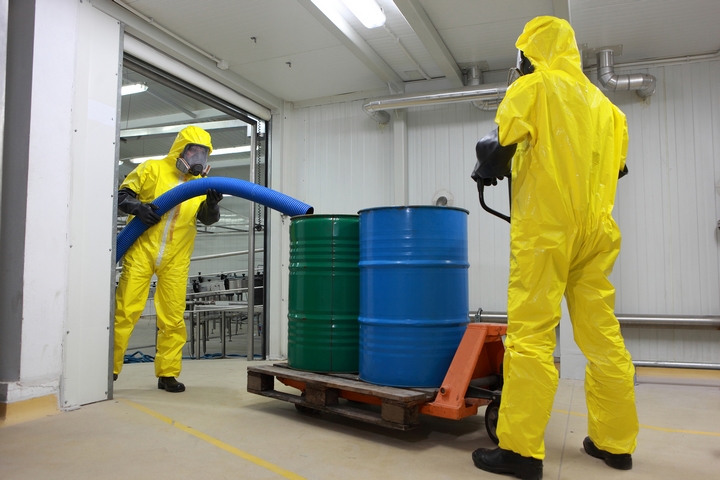Many industries generate liquid waste, and have to make sure they are disposing of it the proper way to protect the environment and prevent any risk of contamination.
Unless you are working for a company that produces liquid waste, you probably don’t know how this waste can be disposed of. Here are 8 liquid waste disposal methods you should know about.
1. Dewatering
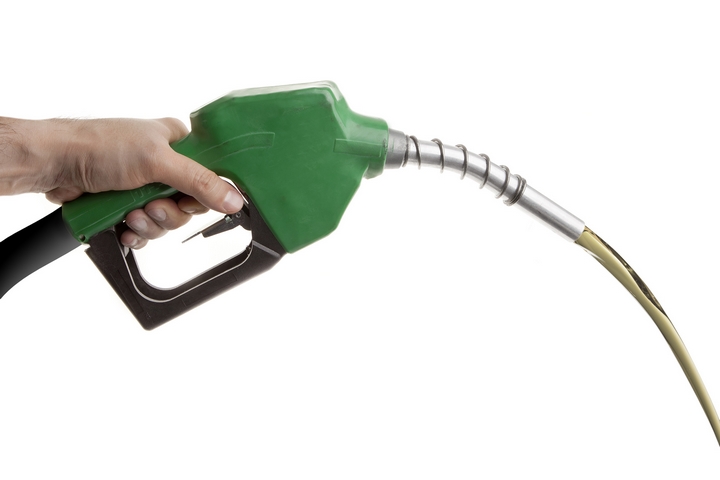
When the liquid waste produced by a company is non-hazardous, it can be handled with a dewatering method. This method is quite simple: the liquid waste is pumped into some sort of huge bag, and the water is removed, leaving behind only solid waste. This waste will then be disposed of in a landfill.
2. Sedimentation
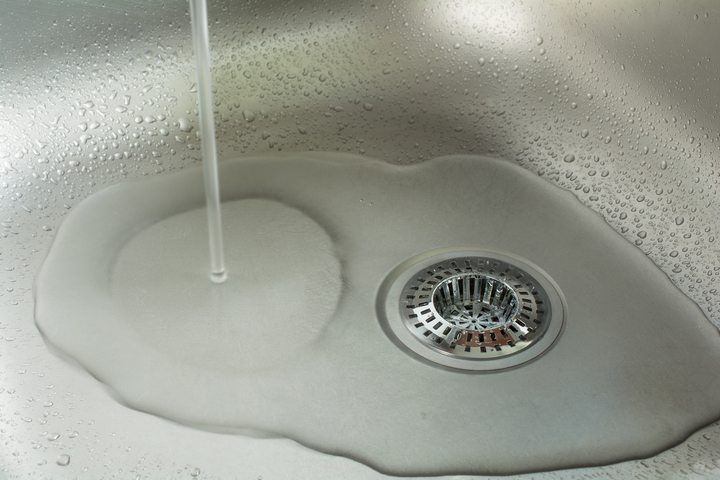
Sedimentation is another method used to separate water from solid waste. The liquid waste produced by a company is left in a sediment basin, and it will be easy to remove any solid contaminants. The water left in the basin will be filtered and treated, and the solid waste will be sent to the landfill.
3. Composting

Liquid organic waste can be turned into compost. After the water is removed, the organic waste that remains can be turned into an organic fertilizer, which will contain nutrients such as nitrogen, potassium and sodium. Composting not only protects the environment, it also helps feed the soil.
4. Incineration

Incineration is a liquid waste disposal method for hazardous liquid waste. The heat produced by either a fluidized bed furnace or a multiple hearth furnace will eliminate hazardous waste such as scrap materials, oils, acids, and other chemicals, while the water will be left clean.
5. Root zone
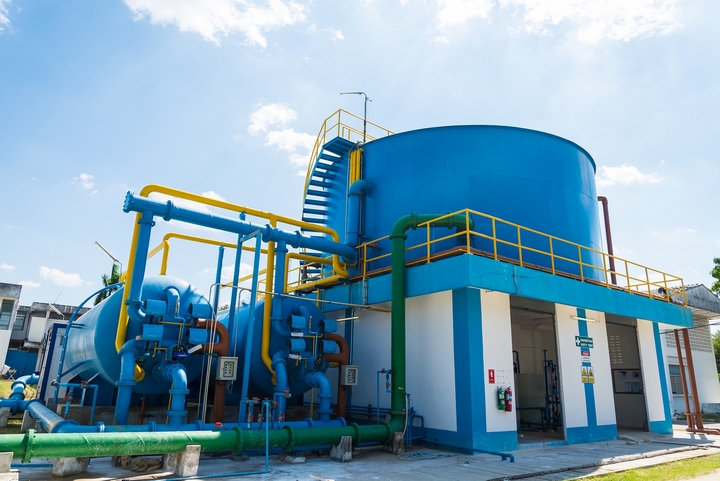
Root zone is a liquid waste disposal method used to deal with liquid waste such as bathroom and kitchen water. This liquid waste will first pass through a sedimentation tank, and it will be filtered with different processes before it can be pure enough to be released in the nature. Root zone is a complex method, but it’s a very effective one.
6. Solidification
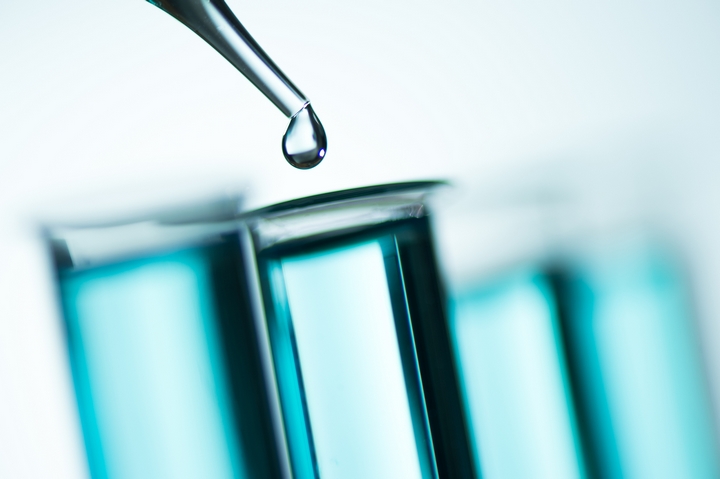
Before the liquid waste they produce can be transported to a landfill, many companies choose to turn to liquid waste solidification. While this method generally involves adding sawdust, fly ash or lime dust to liquid waste, some environmentally safe technology can turn liquid waste into solid waste without increasing its volume. Solidification makes it easier to properly dispose of liquid waste.
7. Disposal
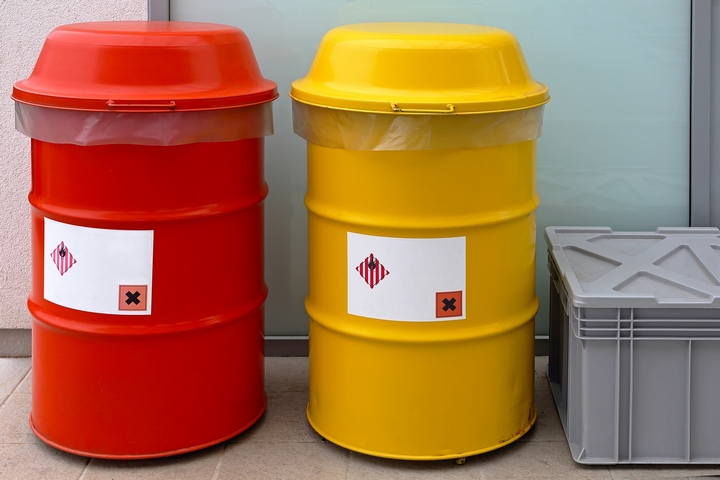
Some businesses choose to hire a liquid waste disposal company to handle their liquid waste for them. These companies have a fleet of trucks that can collect liquid waste, and transport it to facilities where it will be treated and disposed of.
8. Delivery
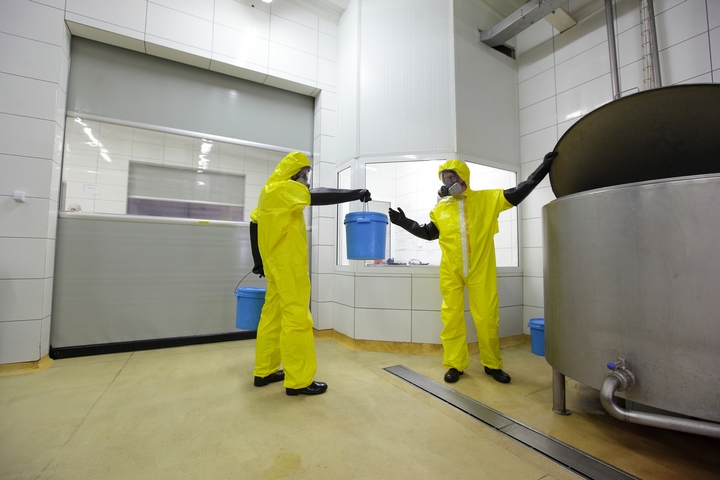
When the businesses that produce liquid waste have their own trucks, they can deliver it to the facilities of a liquid waste disposal company so it can be treated and disposed of. No matter which method is chosen, liquid waste disposal will often end up in landfills in solid form, unless it can be used for composting.

